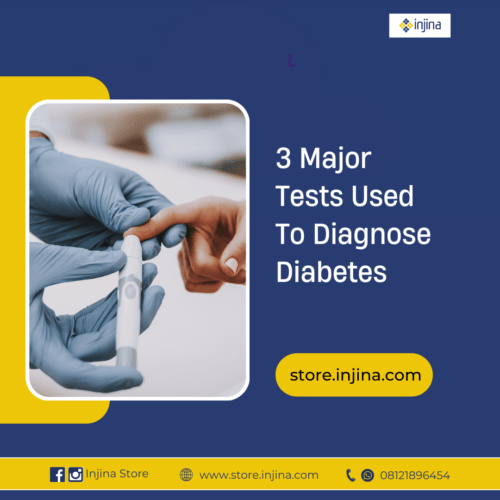How do you diagnose diabetes? This article answers that question. Have you ever felt thirsty after a big sugary drink like Coke or Fanta? That’s your body’s way of trying to flush out excess sugar in your blood. Now, this is what happens in people with diabetes, all the time.
What is Diabetes?
Diabetes is a chronic health condition that affects how your body regulates blood sugar (glucose). Normally, after you eat, your body breaks down food into glucose, which your cells use for energy.
Here, your body ought to produce Insulin, a hormone produced by your pancreas that acts like a key, unlocking the door for glucose to enter your cells.
But in Diabetic people, either your body doesn’t produce enough insulin, or your cells become resistant to insulin’s effects.
This leads to high blood sugar levels (hyperglycemia) which, if left unchecked, can cause serious health problems.
Early detection is crucial for reversing diabetes effectively and preventing complications.
If you’re experiencing symptoms like excessive thirst, frequent urination, unexplained weight loss, or blurred vision, it’s important to consult your doctor for a diabetes screening.
So, how do doctors diagnose diabetes? These are the three main tests that paint a clear picture of your blood sugar levels and overall diabetes risk.
3 Major Tests Used To Diagnose Diabetes
- Normal:
- FPG: Less than 100 mg/dL
- HbA1c: Less than 5.7% These readings indicate healthy blood sugar levels.
2. Prediabetes:
- FPG: 100-125 mg/dL
- HbA1c: 5.7-6.4% These results are a bit of a yellow flag. Your blood sugar levels are higher than normal, but not high enough for a diabetes diagnosis. However, prediabetes is a wake-up call that you’re at increased risk of developing type 2 diabetes if you don’t start to reverse it.
3. Diabetes:
- FPG: Greater than or equal to 126 mg/dL on two separate tests
- OR HbA1c: Greater than or equal to 6.5% These readings indicate diabetes.
How to Read Your Diabetes Test Results
These tests come with specific blood sugar level ranges that indicate normal, prediabetic, or diabetic conditions. Here’s a simplified breakdown:
Normal:
- FPG: Less than 100 mg/dL
- HbA1c: Less than 5.7%
- This indicates healthy blood sugar levels.
Prediabetes:
- FPG: 100-125 mg/dL
- HbA1c: 5.7-6.4%
- These readings suggest higher than normal blood sugar levels, but not high enough for a diabetes diagnosis. Prediabetes is a warning sign that you’re at increased risk of developing type 2 diabetes if lifestyle changes aren’t made.
Diabetes:
- FPG: Greater than or equal to 126 mg/dL on two separate tests
- OR HbA1c: Greater than or equal to 6.5%
- These readings indicate diabetes.
2 Monitoring Tools for Testing Diabetes
- Blood Glucose Meters: These portable devices require a finger prick to draw a small blood sample and provide a quick blood sugar reading.
- Continuous Glucose Monitoring (CGM) Systems: These advanced devices use a sensor inserted under the skin to measure blood sugar levels continuously and transmit the data to a monitor or smartphone.
How to Reverse Diabetes
Diabetes is not a hopeless situation. Diabetes is curable and reversible. If you are struggling with diabetes, start your treatment today with Green Veggies Detox Tea. And in under two weeks, you can be free from taking insulin injections. Click here to start your treatment.
How to Monitor Your Blood Sugar
Maintaining good blood sugar control is key to preventing long-term complications of diabetes. Monitoring helps you stay on track.
How Blood Sugar Monitoring Works
The Tools: You’ll need a blood glucose meter (a small electronic device) and test strips (disposable strips used to collect a tiny blood sample).
The Process: By following the meter’s instructions, you’ll prick your fingertip with a small lancet to draw a drop of blood. Apply it to the test strip, and the meter will display your blood sugar level within seconds.
How often should you monitor your blood sugar?
The frequency of monitoring can vary depending on the type of diabetes.
Type 1 Diabetes may require monitoring several times a day, before meals, after meals, and before bedtime.
Type 2 Diabetes may require monitoring several times a day, especially if you’re on insulin or managing your diabetes through medication.


Leave a Reply